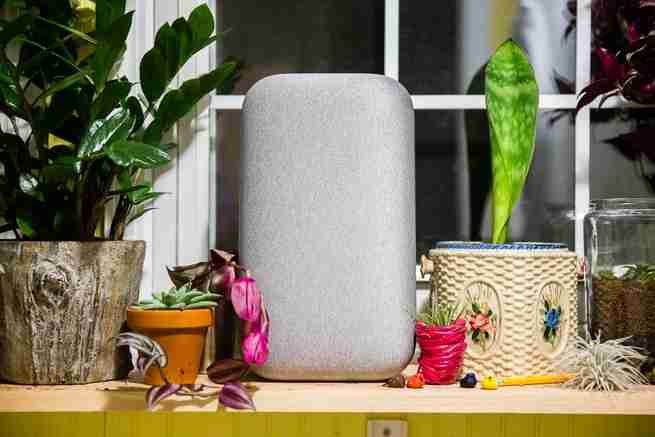Home >Computer Tutorials >Troubleshooting >Here's what you should do before setting up that new smart speaker
Here's what you should do before setting up that new smart speaker
- Susan SarandonOriginal
- 2025-02-25 00:44:10479browse

Smart speakers are incredibly affordable these days, with budget models like the Google Home Mini and Amazon Echo Dot often available for under $25. That's a steal! But maximizing their potential requires a bit of initial setup. This guide walks you through the essential steps to transform your smart speaker into a music powerhouse, smart home controller, and more.
Pre-Setup: Download the Necessary App
Before you even think about shouting commands, you'll need the companion app. Fortunately, these apps simplify the setup process considerably. For Google Home devices, the app helps automatically detect and connect your speaker. While some speakers, such as Apple's HomePod, might automatically obtain your Wi-Fi credentials, others will require manual entry, so have your network password ready.
Stay Updated: Subscribe to Feature Newsletters
Keeping track of new features can be tricky. Both Google and Amazon offer email newsletters to keep you informed about updates. The respective apps also provide dedicated sections detailing new capabilities ("What can you do?" in the Google Home app, for example).
Google Home: Set Up Multiple Voices
The Google Assistant cleverly distinguishes between voices, allowing multiple users to receive personalized information. If you and your family members want separate calendar access, setting up individual voices is crucial.
Connect Your Music Services
Music streaming is a primary smart speaker function. Before purchasing, check your device's compatibility with your preferred music service. While native services (Amazon Music for Echo, Google Play Music for Google Home) are often prioritized, Spotify offers broad compatibility, making it a versatile option. Note that the HomePod exclusively supports Apple Music.
Create Routines for Efficiency
Alexa and Google Assistant support routines—multi-step actions triggered by a single command. While particularly useful with smart home devices, exploring routines early allows you to leverage them as you expand your smart home ecosystem.
Data Privacy: Understand Data Collection
While not inherently alarming, remember that your smart speaker records and stores your voice commands on the company's servers. You can access and delete this data (links to instructions are readily available online).
Placement Matters: Avoid TV Proximity
While designed to ignore accidental activation by TV commercials, smart speakers can still be triggered unexpectedly. To prevent unwanted responses, avoid placing your speaker too close to your television.
The above is the detailed content of Here's what you should do before setting up that new smart speaker. For more information, please follow other related articles on the PHP Chinese website!

